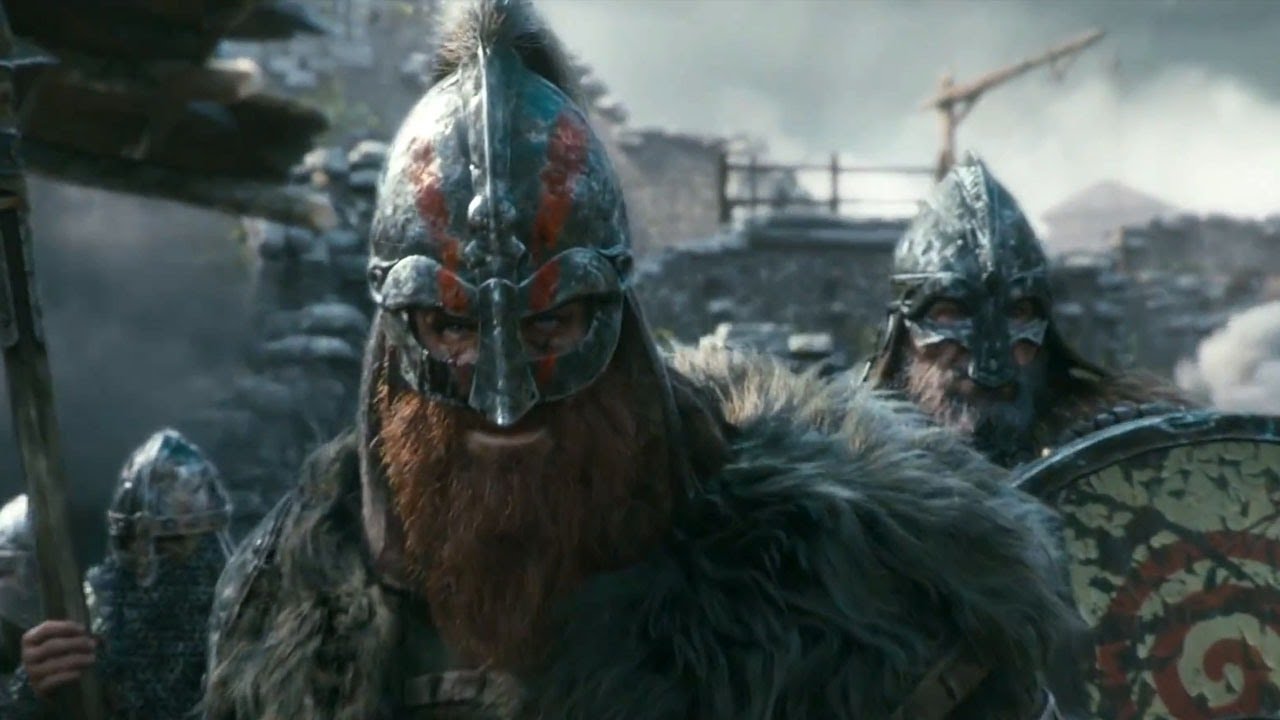Early Life
Most of what is known about Erik Thorvaldsson, or Erik the Red, comes from Nordic and Icelandic sagas, the “Eriks Saga Rauda” and “Graenlendinga Saga”. He is believed to have been born in 950, in Rogaland on the southwestern tip of Norway. At age 10, Erik’s father, Thorvald Asvaldsson, was exiled for manslaughter, a method of conflict resolution that would become something of a family custom. in Viking law, banishments were limited to a period of three years, but there is no evidence that Erik or his father ever returned to Norway. Thorvald took his son to Iceland, where they made their new home in the Hornstrandir region, the northwestern part of the country.
Legend has it that Erik grew up brazen and volatile, which, when coupled with his flowing red hair and beard, earned him the nickname “Erik the Red.” Sometime after his father died, Erik married Thjodhild Jörundsdóttir and moved from northern Iceland and settled in Haukadale, which he called Eriksstead.

A humble abode...
A Life of Conflict
Life was good for the family until about 980, when several of Erik’s thralls (“non-voluntary” servants) accidentally triggered a landslide that crushed his neighbor Valthjof’s house. A kinsman of Valthjof, Eyiolf the Foul (if you haven’t, read our Viking names post here), killed Erik’s thralls. In retaliation, Erik killed Eydjiolf and his kinsman Holmgang-Hrafnand, and soon he found himself banished again. Erik move with his family north, to the island of Oxney, in the Breioafjord of Iceland.
Erik’s wyrd (fate) did not allow him to settle in peace in a single place, and soon Odin forced his hand. Around 982, Erik entrusted his setstokkr to Thorgest, a fellow settler. Archeologists do not really agree on what exactly is a setstokkr, but Erik was very fond of his. Some theories postulate that the setstokkr were mystical posts, with runes engraved on them, that Erik's father had brought from Norway; others, that it just means the planks which served as platforms to sit and sleep in the houses of that time. Whatever the case, they were Erik’s setstokkr, and he wanted them back.

Setstokkr?
When Erik went to reclaim his setstokkr, Thorgest refused to relinquish them. Not accustomed of letting people simply take what was his, Erik took the setstokkr back and went home to his settlement. Fearing retaliation, Erik set up an ambush for Thorgest and his clan. A massive brawl erupted, and two of Thorgest’s sons were killed. The village court met, and once again Erik was banished for three years for manslaughter.
Sailing to Greenland
Having had enough, Erik the Red decided to leave Iceland altogether. He had heard of a large landmass due west of Iceland, discovered nearly 100 years earlier by Norwegian sailor Gunnbjörn Ulfsson. The journey covered approximately 900 nautical miles of open ocean, but the danger was mitigated by the Viking ships’ advanced design and Erik’s superior navigation skills.
Between 982 and 983, Erik the Red rounded the southernmost tip of the large landmass, finally arriving at a fjord now known as Tunulliarfik. From this base, Erik spent the next two years exploring west and north, naming places as he went. He believed the land he explored was suitable for raising livestock, and named it Greenland, hoping it would sound more enticing to would-be settlers.

Klosterdalen, Tasermiut, Greenland
Establishing Continuous Settlements
In 985, Erik the Red’s exile sentence had expired and he returned to Iceland. By the next year, he had convinced several hundred people that Greenland held great promise. In 985, he set out with 25 ships and more than 400 people. Several ships had to turn back or were lost, but 14 arrived, and soon the pilgrims established two colonies, the Eastern Settlement (or Eystribyggð) and the Western Settlement (or Vestribyggð), with a number of small settlements between them. Here, Erik the Red lived like a lord with his wife and four children, sons Leif, Thorvald, and Thorstein and daughter Freydis.
Erik the Red was a devout follower of Odin and Thor until the day he died, but much of his family converted to Christianity and did much to spread Christianity throughout the Greenland colonies. It was his son Leif Erikson and his wife who brought Christianity to Greenland. Leif converted while he was visiting King Olaf Tryggvason of Norway in 999. When he returned to Greenland, he brought is new faith with him.
Leif’s mother (Erik’s wife Thjodhild Jorundsdrottir) took to the new religion with gusto and built a church on Erik’s estate. Needless to say, Erik was less than exultant with his wife new ways, and they fought incessantly.
Erik’s Greenland colonies lasted about 500 years, until the 15th century. They died out as the result of a “little ice age”, which made even the Scandinavian way of living difficult on the icy island.

Finding their own house was one of problems...
Death and the Americas
Erik the Red almost made it to North America himself. Leif invited his father to accompany him on the expedition, and Erik agreed.
However, as they were riding to the ships to set sail, Erik fell off his horse in an unexpected accident. The superstitious Viking took this as a sign that the journey was not for him and decided to stay in Greenland.
He may have been right, as it was unlikely that he would have survived the journey. He died from complications related to his fall, leaving the world and entered legend.
As for the North America expedition, Erik's son Leif Eriksson is credited with reaching there, five centuries before Columbus.













Comment (1)
My family is from norway and have lots of redheads, I hope I have even a single drop relating myself to Eric the red.